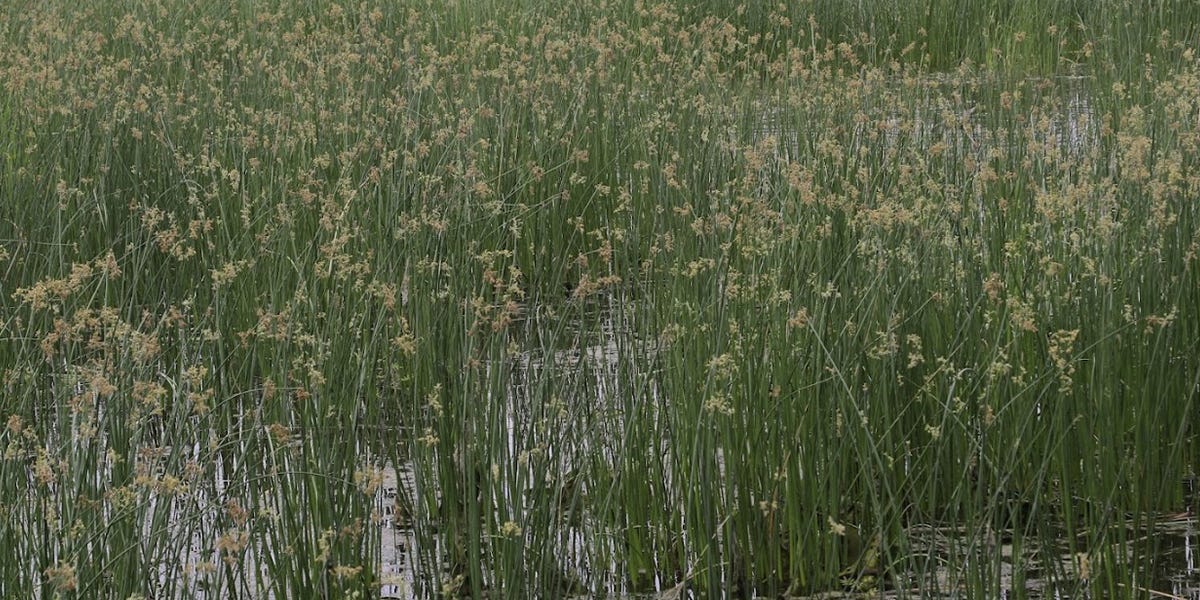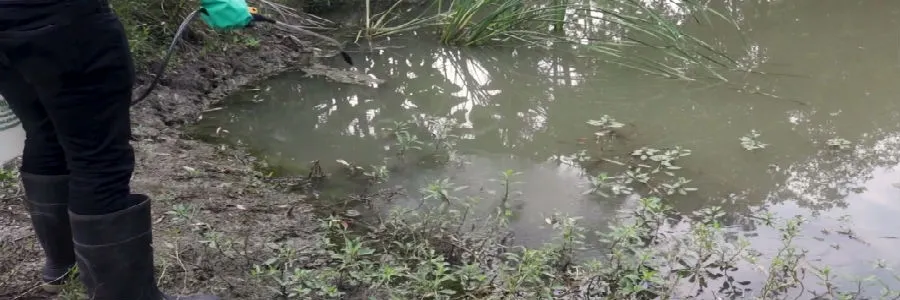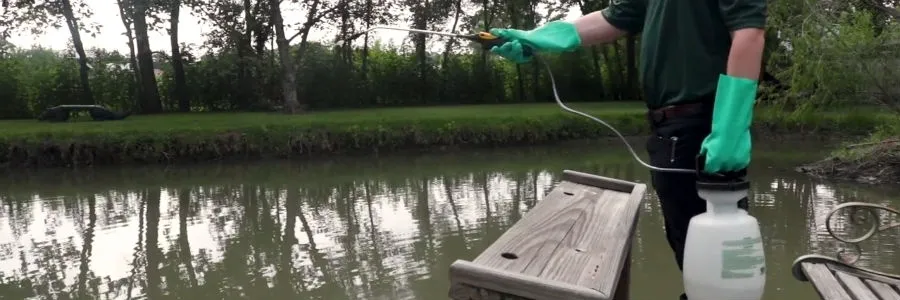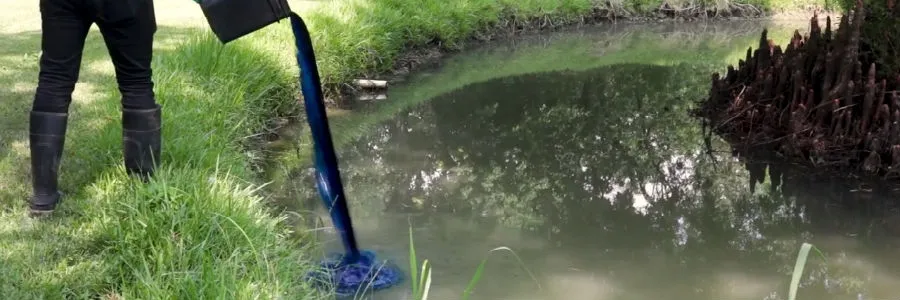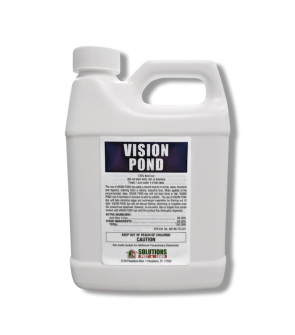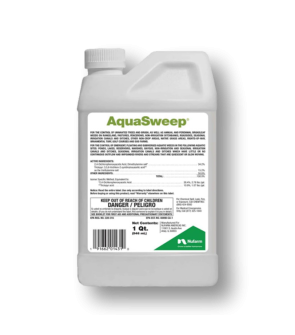Gain access to personalized product screening, the best pricing, rewards, and more!
Most Effective Products
Bulrush Control: How To Get Rid of Bulrush
This page is a general DIY article on eliminating bulrush from your property using the products and methods suggested throughout this guide. Follow this DIY guide and use the recommended products, and we guarantee 100% control over bulrush on your property.
Bulrush is an aquatic weed that commonly grows around ponds and lakes. It provides an excellent habitat for wild birds and other smaller animals. Bulrushes can trap beneficial bacteria in their tangled root systems and provide nesting cover for bass and bluegill.
While Bulrush is beneficial to the ecosystem, it can also become an annoying weed that gets caught in boat motors, clogs up waterways, and chokes out other vegetation. Regarding recreational activities, bulrush can also create a roadblock for swimming and fishing.
If you own a pond, bulrush can quickly overtake an area with a thick colony of clumped-together plants unless you intervene. In our DIY guide below, we will show you how to tackle Bulrush control successfully using our professional-quality aquatic herbicides.
Identification

Before you can proceed with a treatment program, you must be sure that your pest is a bulrush. Misidentification can lead you to use the wrong treatment products and waste time and money. Below are some characteristics of bulrush to aid in identification:
- Bulrush is a member of the sedge family, which is comprised of nearly 4,000 species. Bulrush can be either an annual or perennial plant and resembles grass but can grow up to 10 feet tall in shallow water or in moist soils. There are also varieties that can be either hard-stemmed or soft-stemmed. Little flowers often grow just below the tip of the stem when mature.
Using the image and description provided, identify whether your plant is a bulrush. If you are not totally sure, send us a high-resolution image of your plant, and we will properly identify it for you.
Inspection

Before conducting any chemical control treatments, we recommend conducting a thorough inspection and survey of the body of water where the bulrush is growing. The size of the lake or pond, the aquatic life that inhabits it, and the wildlife that frequents it must be taken into consideration.
Asking yourself these questions will help you determine the best aquatic herbicide for your particular situation and how to approach treatment so that no harm is done to the habitat and aquatic wildlife.
Where to Inspect
Walk around your pond or water body to check for bulrush sticking up out of the water. Aside from ponds, bulrush can grow in lakes, marshes and other wetlands with shallow water around 8 feet deep.
What to look for
Inspection shouldn't be arduous if you have bulrush, as tall bulrush stands will stick out of the water like a sore thumb. Sometimes, they will have flowers or reeds similar to cattail, but other times, they'll just be flowerless stems.
Treatment
Bulrush can be quite a challenge to control because it is a government-protected plant in multiple states. Therefore, it is important to know how to kill bulrushes without harming natural habitats and wildlife.
Manually controlling bulrush via physically pulling them right is effective but not ideal especially if there is a large amount of bulrush to deal with. That is why we suggest using chemical control to eliminate these aquatic weeds.
Step 1: Prepare and Mix the Ecomazapyr 2SL

Before mixing and application, you will need to calculate the size of the water body you wish to treat to determine how much Ecomazapyr you will need. For water bodies, the measurement is usually done by calculating the acreage or acre-foot. To do this, measure the length, width, and average depth of the water body in feet, then divide by 43,560 (Length (ft) x Width (ft) x Average Depth (ft) / 43,560 = Acre-feet).
For small spot treatment applications of Ecomazapyr using a hand sprayer or backpack sprayer, you can mix from a 0.5% concentration at 0.6 fl. oz. up to a 5% concentration a 6.5 fl. oz. in a gallon of water.
Fill your spray tank with half the required amount of water, add in the appropriate measured amount of Ecomazapyr 2SL, and then fill with the remaining amount of water. Agitate the sprayer well to mix the solution.
Step 2: Apply Ecomazapyr to the Bulrush
Once the Ecomazapyr 2SL is well-mixed, adjust the nozzle on the spray wand to a narrow spray pattern to allow for decent coverage without an over-concentration of the herbicide.
Apply the application liberally to the Bulrush, but do not apply the herbicide to the point of runoff to reduce the chances of contamination to the water in the area.
Depending on the size of the pond or lake, it may be best to apply the herbicide in sections rather than all at once.
Step 3: Follow Up Applications
Depending on the size of your pond or lake, you may need to conduct treatment in sections, waiting 2 weeks between treatments until you’ve treated the entire body of water. Reapplication may be necessary 21 days after the initial application is complete.
Bulrush can be a stubborn weed to remove so monitoring your water is key and repeated application is crucial to get complete control.
Prevention
After you have successfully eliminated bulrush from your property, be sure to take on some preventative measures to ensure it does not return:
- Apply Vision Pond Dye to your pond to discourage the re-establishment of bulrush. This product is a filtering agent that helps to reduce vegetation growth and keeps your pond water looking its best. You can also apply the suggested herbicides periodically throughout the growing season as a preventative measure. Based on your pond area measurement findings, measure the appropriate amount of Vision Pond Dye into a bucket. The label recommends applying at a rate of 1 quart per 1 surface acre of water at a 5-foot average depth. Pour the pond dye over the edge directly into the body of water and the water's natural movement will disperse the dye.
Key Takeaways
What is Bulrush?
- Bulrush is a long, grassy aquatic weed that appears in ponds and lakes.
How to Get Rid of Bulrush
- Ecomazapyr 2SL is our go-to recommendation to treat for bulrush. Use a surfactant for best results.
- Be careful when conducting an application because bulrush is a government-protected plant in multiple states.
Prevent Bulrush Reinfestations
- Apply Vision Pond Dye after the bulrush is gone to discourage it from regrowing.






